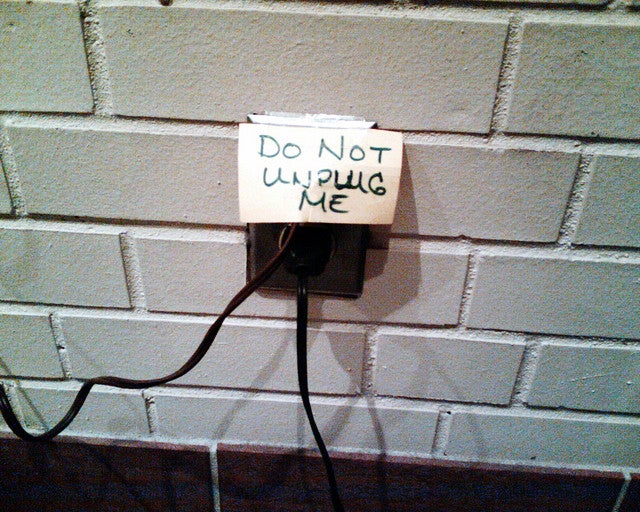![]() EDF’s Innovators Series profiles companies and people across California with bold solutions to reduce carbon pollution and help the state meet the goals of AB 32. Each addition to the series will profile a different solution, focused on the development of new technologies and ideas.
EDF’s Innovators Series profiles companies and people across California with bold solutions to reduce carbon pollution and help the state meet the goals of AB 32. Each addition to the series will profile a different solution, focused on the development of new technologies and ideas.
Los Angeles and California’s Central Valley have bad air pollution. Sure, it’s not the 1970’s style pollution that doctors say was like smoking two packs a day, but California is still home to the top five most polluted cities nationwide.
Who: BYD America, Green Automotive, and Motiv Power Systems, three companies that each employ between 25 and 75 employees in California, and work to facilitate the use of electric buses in the state.
What: BYD America and Green Automotive manufacture heavy-duty electric vehicles, and Motiv Power Systems builds electric power systems to electrify buses.
Where: BYD America is based in Lancaster, Green Automotive is in Riverside, and Motiv is located in Foster City.
Why: All three companies are dedicated to expanding the use of clean, cost-effective transit buses, shuttle buses, and school buses in order to benefit the economy, environment, and public health.
The most significant offender is the state’s transportation sector, responsible for significant ground level ozone and nearly 40% of greenhouse gas emissions. Indeed, in too many California cities, the city buses and school buses are still powered on diesel fuel and spew harmful pollution into the air – further degrading the already compromised air.
Enter AB 32, a program that has created an entirely new way of thinking about transportation pollution and is resulting in powerful alternatives and new companies that offer a different approach to mobility.
BYD Ltd., Green Automotive, and Motiv Power Systems – are three companies working to accelerate the growth of electric buses and cost-effectively reduce pollution.
BYD Ltd., originally founded in 1995 to build batteries for small electronics, has significantly expanded their portfolio in recent years to include electric buses. They’ve opened an American factory in Lancaster and have already made inroads in that market by selling transit buses to Antelope Valley Transit and Los Angeles Metro, and recently showcased a new bus that runs up to 24 hours on a single charge. Read More














